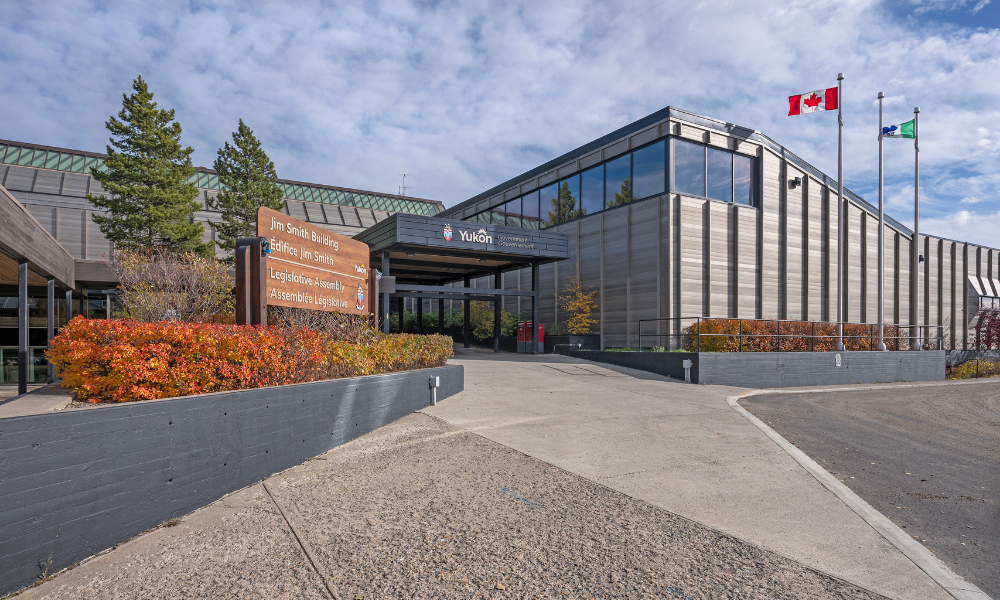Instead of lamenting the loss of traditional jobs, let’s prepare our organizations, our teams and ourselves for the future
.jpg)
By Brian Daly
In March, I wrote about futureproofing your organizations. I reported on a SCNetwork CHRO peer group discussion focused on unpacking all the hype about the future of work and the impact of AI, automation and robotics on jobs.
That article elicited quite a bit of online discussion, which prompted me to do a bit of digging into what the “experts” are saying.
Are we about to see the end of jobs?
After reading roughly 40 to 50 articles, blogs, posts, reports and other sources, I’ve found that there is, indeed, a lot of “doom and gloom” out there. According to some reports, one-third to one-half of U.S. jobs will be eliminated in the next decade or so, with the number rising to 70 or 80 per cent in countries such as India and China.
The chief economist of the Bank of England was quoted saying that half of all U.K. jobs are under threat from automation. The U.S. Bureau of Labor Statistics projects that nearly 1.4 million U.S. workers will be displaced from their current roles in the next decade by AI and related changes. Even as illustrious a publication as the Guardian has wondered if robots are heralding the end of work.
In the face of these headlines, what should the average, hard-working HR leader think and do? Take a crash course in “collective bargaining with robots,” maybe?
Well, before we throw in the towel, let’s take a brief look at other points of view. At a risk of offending my friends in the news business, we need to remember that dire headlines about job loss attract eyeballs, and eyeballs attract dollars. As is typically the case, the situation is more complex than the headlines often suggest.
After a lot of research, I’ve found that there are strong opposing viewpoints on all sides of this debate. Fortunately, two great sources for a more thorough and balanced view were just released in the last few weeks.
The first is the OECD Employment Outlook 2019 report, which focuses this year on the future of work. The second is Deloitte’s 2019 Global Human Capital Trends Report, which was the topic of a superb SCNetwork event on April 29.
The OECD report is long, but well worth a read if you have the time. If not, here’s a quick recap.
According to the OECD, we are not heading for a jobless future anytime soon, and massive technological unemployment isn’t likely (although some countries will fare better than others). The OECD estimates that only 14 per cent of jobs are at high risk of automation, much less than other prognosticators have suggested. Even as some jobs are eliminated, others will be created. Moreover, not all these jobs may actually be automated, due to legal, safety, practical or other concerns. The OECD goes on to say that standard full-time, permanent jobs are still (and likely to remain) the most prevalent form of employment in the developed world.
So much for all the doom and gloom, huh?
However, before you get too comfortable in your chair, the situation is, as usual, complex. While jobs are not necessarily going away, they are changing, often in fundamental and dramatic ways.
While only 14 per cent of jobs are being eliminated, according to OECD predictions, another third or more of jobs will be radically transformed by AI and RPA (robotic process automation). And the impact will, as is often the case, have a disproportionate impact on lower-skilled and marginalized workers, who historically have the lowest rate of participation in workforce re-skilling programs.
The OECD makes a compelling case for immediate steps to manage job change and transition and avoid growing disparities on both a national and a global scale.
Second, the 2019 Deloitte Human Capital Trends Report provides a substantial complementary view to the OECD report. It confirms that the majority of firms are implementing or actively considering adopting robotic process automation, cognitive technologies and AI, which is no surprise to anyone watching the topic.
But rather than predicting the end of jobs, the Deloitte data indicates that automation and AI are leading to the creation of new, “super-jobs” that have the potential to be more enriching and engaging.
And, Deloitte’s data confirms the OECD’s conclusion that we need to do more to prepare for the impact of these changes. Deloitte found that only a quarter of employers are taking steps to be ready to address the workplace impact of those changes. The World Economic Forum has gone farther, calling for a “reskilling revolution” to rapidly jump-start re-training of workers on the skills required for sustainable employment in the future.
So, to paraphrase the old Pogo cartoon, we have met the enemy and it is us (and not technology). We need to lead a major effort to rapidly adapt our workforce and our economy to thrive in the new world of super jobs and robots.
And who better to lead this effort than the CHRO, in partnership with other key stakeholders such as the CIO?
The numbers are there to demonstrate that this is both a necessary and a worthwhile investment. The World Economic Forum has calculated a positive ROI for workforce re-skilling, especially if industry comes together and works across boundaries to achieve this.
Clearly, the need to act is urgent, if we are to avoid massive disruption at individual, firm, national and global levels. While jobs aren’t all going away, they are fundamentally changing, and many of the skills needed to do these jobs are just being invented.
For employers, one of the best places to start is the Deloitte 2019 report. It contains a wealth of ideas in areas such as talent mobility, lifelong learning, leadership development and human capital management. I strongly encourage every HR leader to read the report and pick one or two immediate action steps to get started. For governments and communities, the OECD and World Economic Forum reports are a great starting point.
The key is that we begin now. In my view, doom and gloom reports don’t help the situation, as they don’t leave anywhere to go. Bemoaning the job impact of technology is a perennial preoccupation ever since economist John Maynard Keynes wrote in his 1930 book Economic Possibilities for our Grandchildren about the “disease of technology” eliminating three-quarters of traditional jobs.
Instead of lamenting the loss of traditional jobs, let’s work together to prepare our organizations, our teams and ourselves for the future.
The OECD summed it up well: “We are not heading for a jobless future anytime soon. However, we do need to prepare for deep structural changes that appear inevitable.” The reality is that the future of work will be what we create, and the economic future we leave to our children will be based on the path we take now. Time to get started, HR.
Brian Daly is vice-president, treasurer and a member of the board of the Strategic Capability Network. He has more than 25 years of senior HR leadership experience and held the role of CHRO for Toronto Star Media Group from 2008 to 2018.




